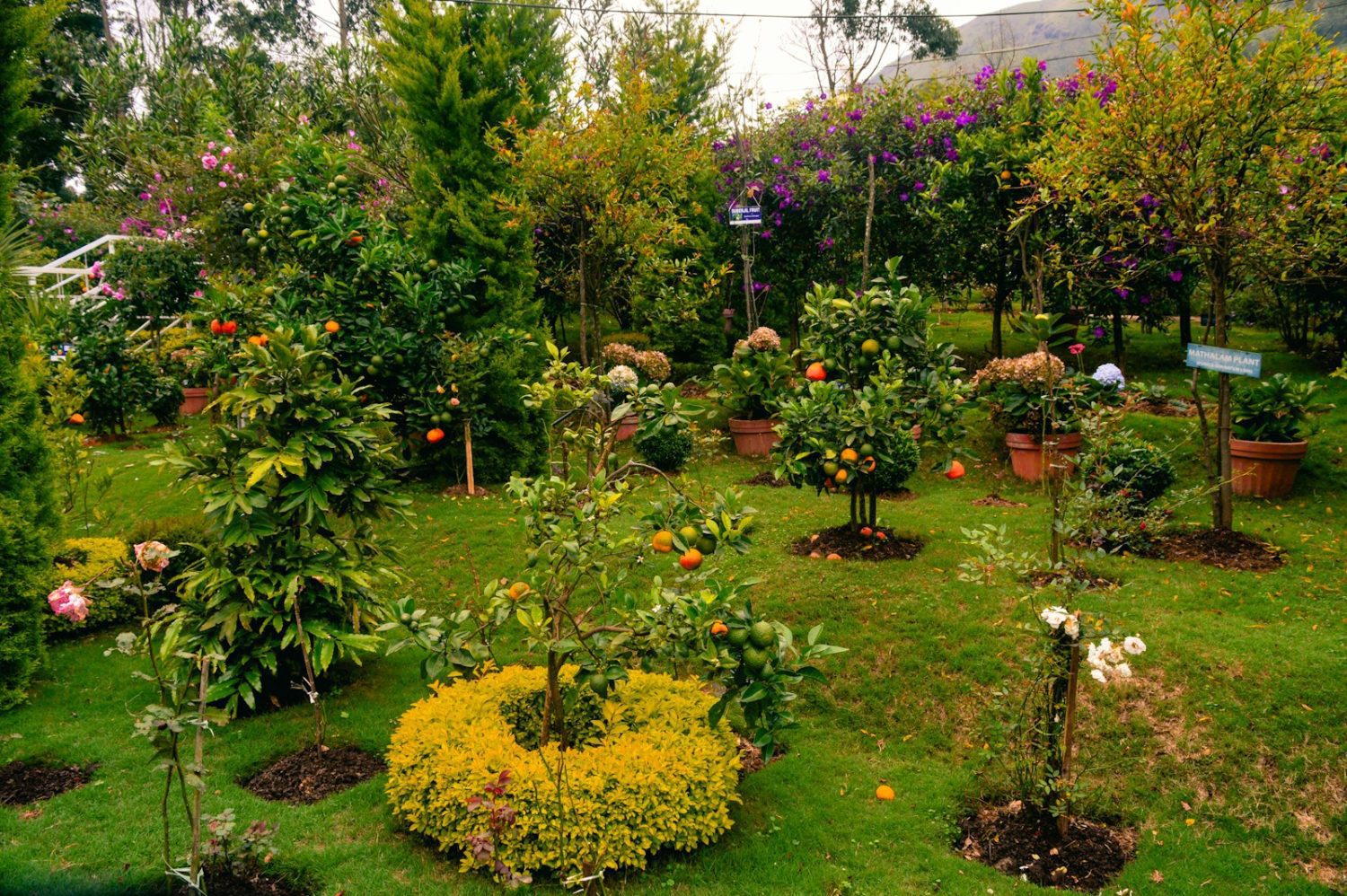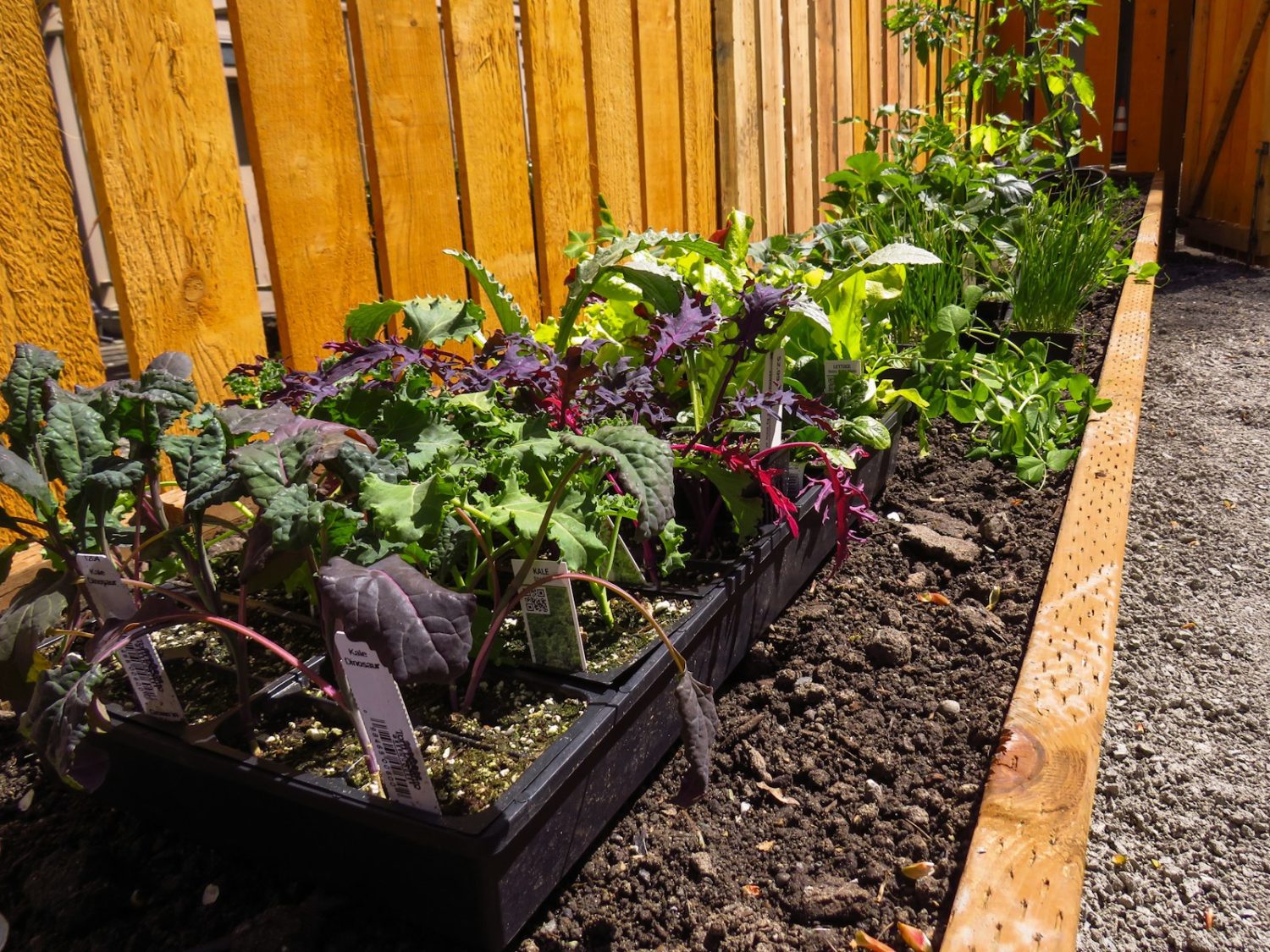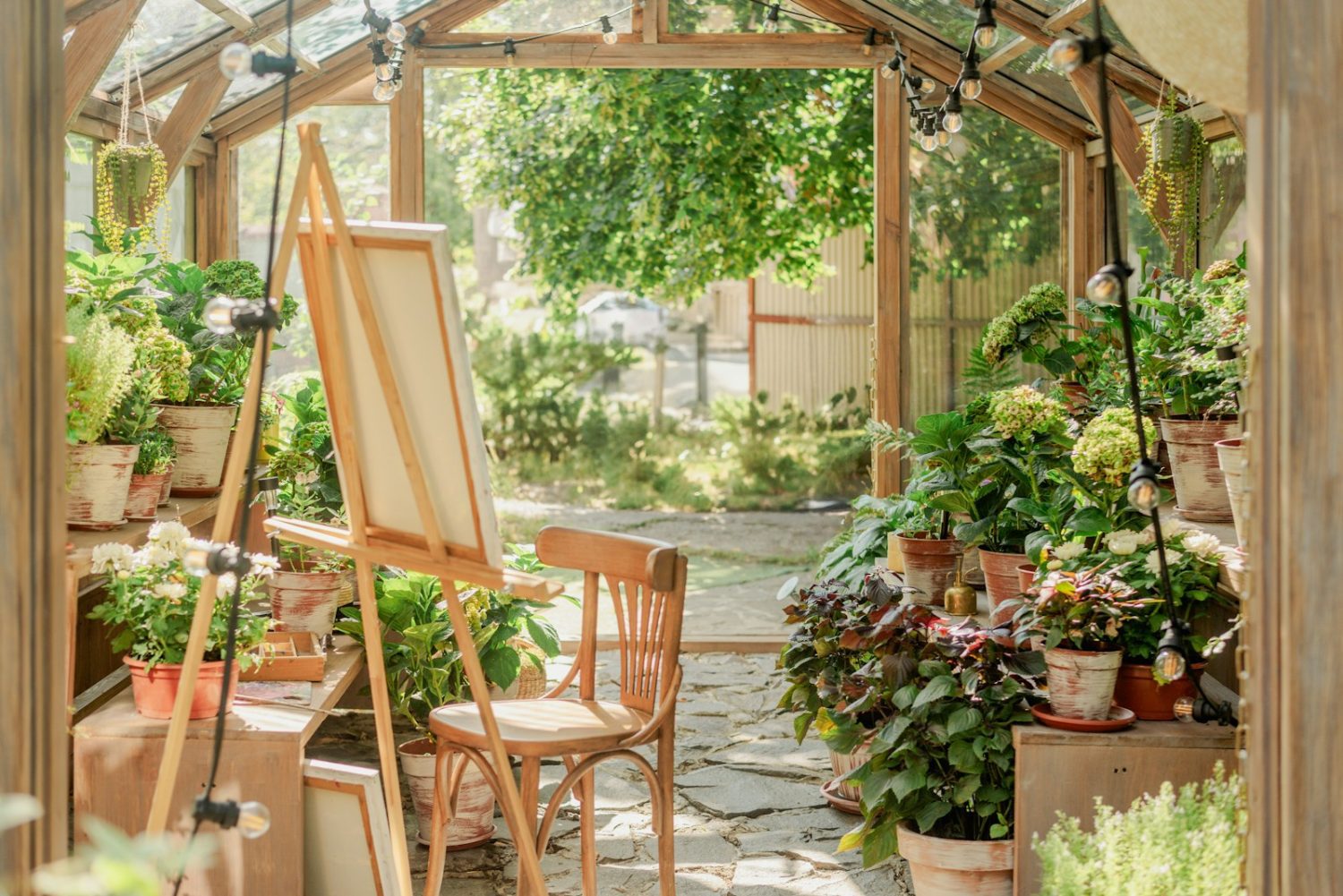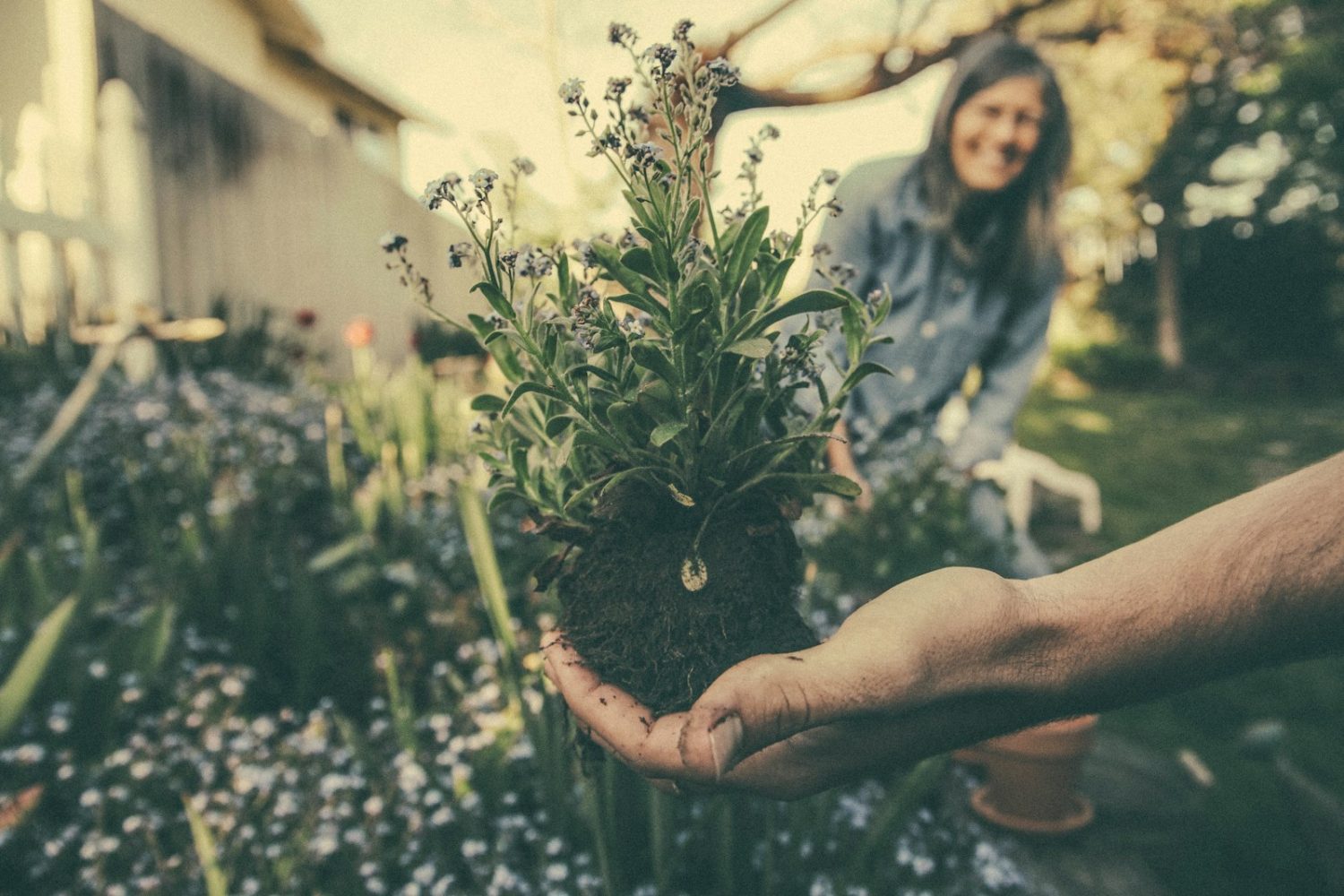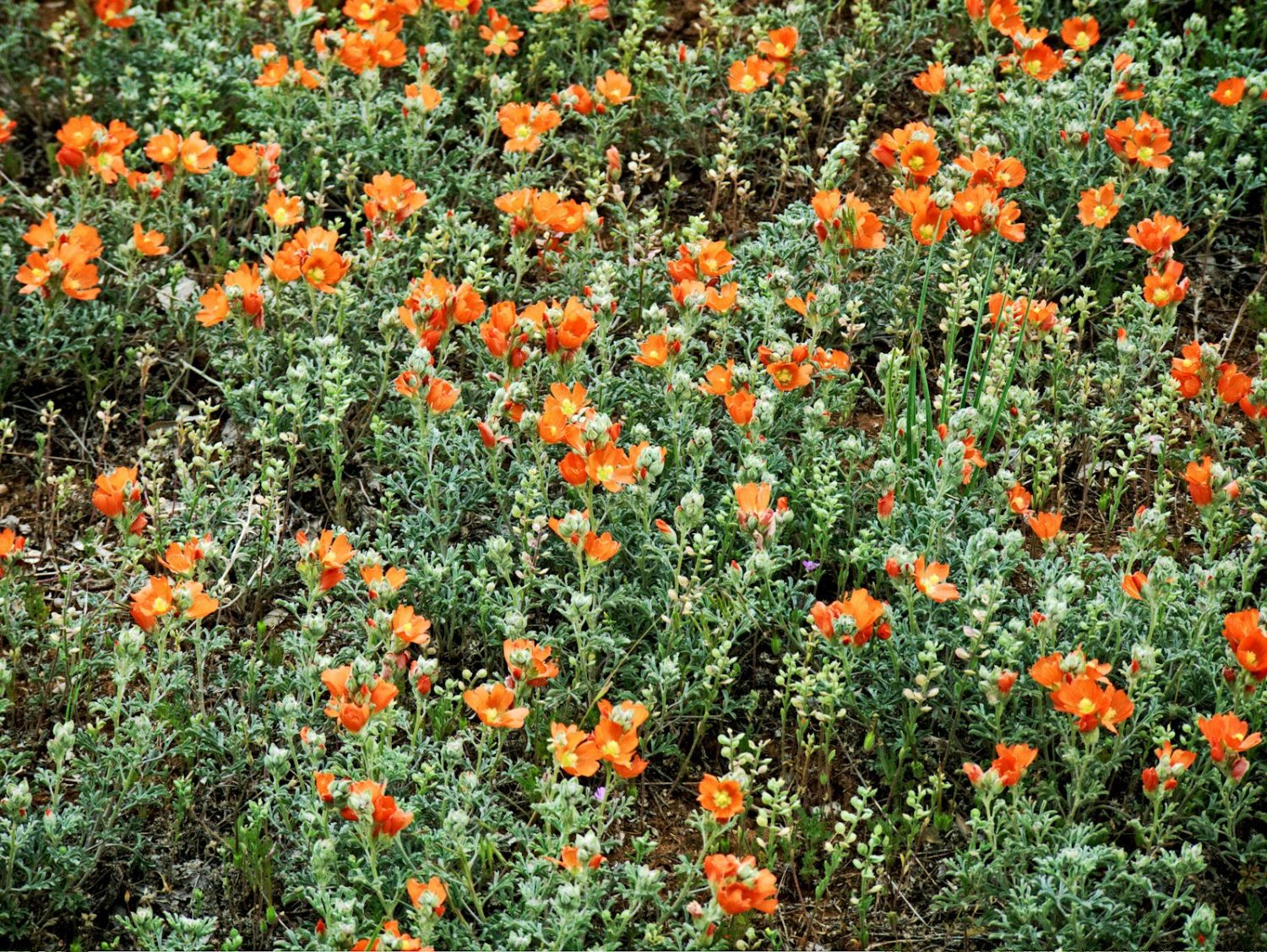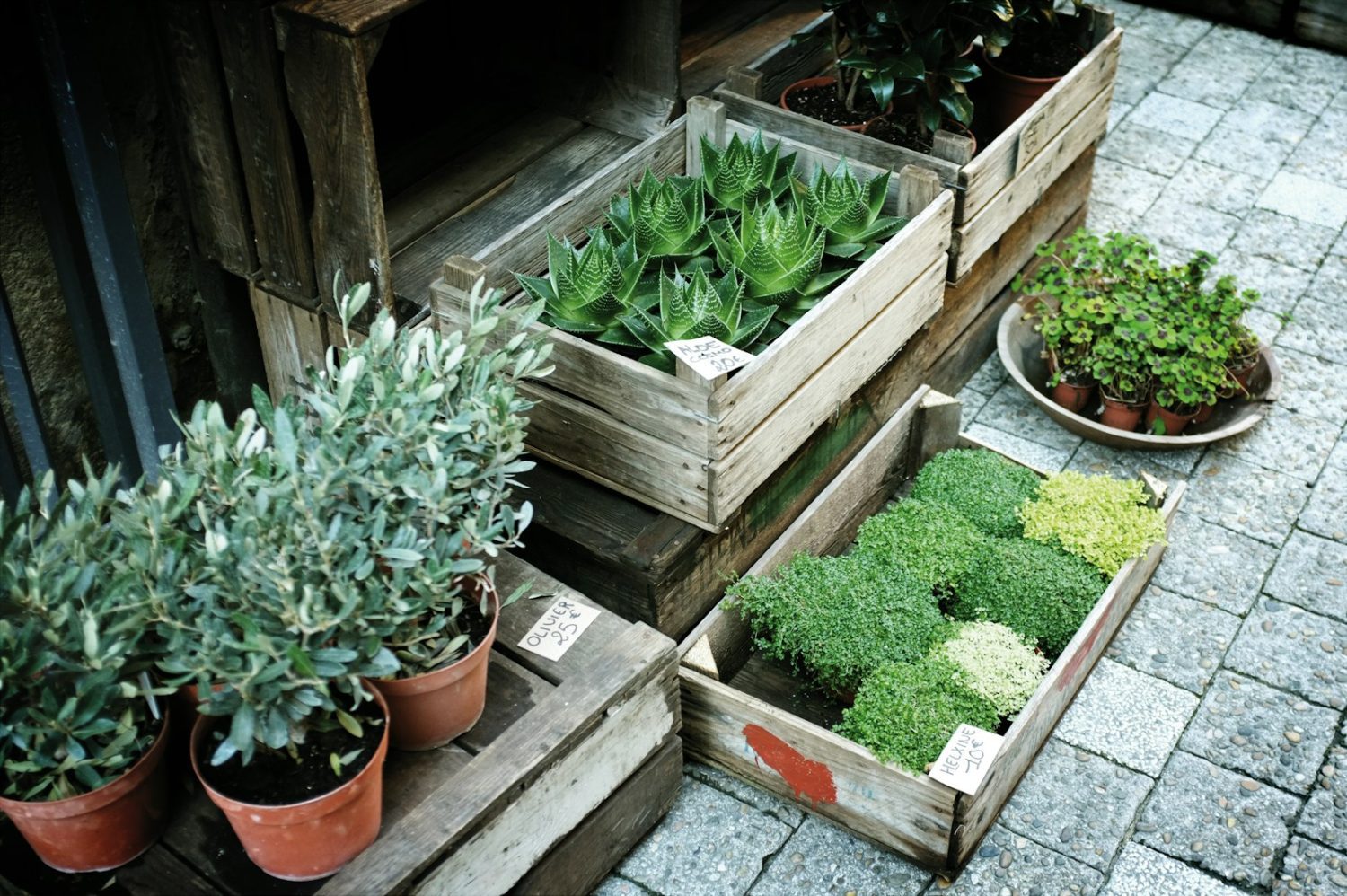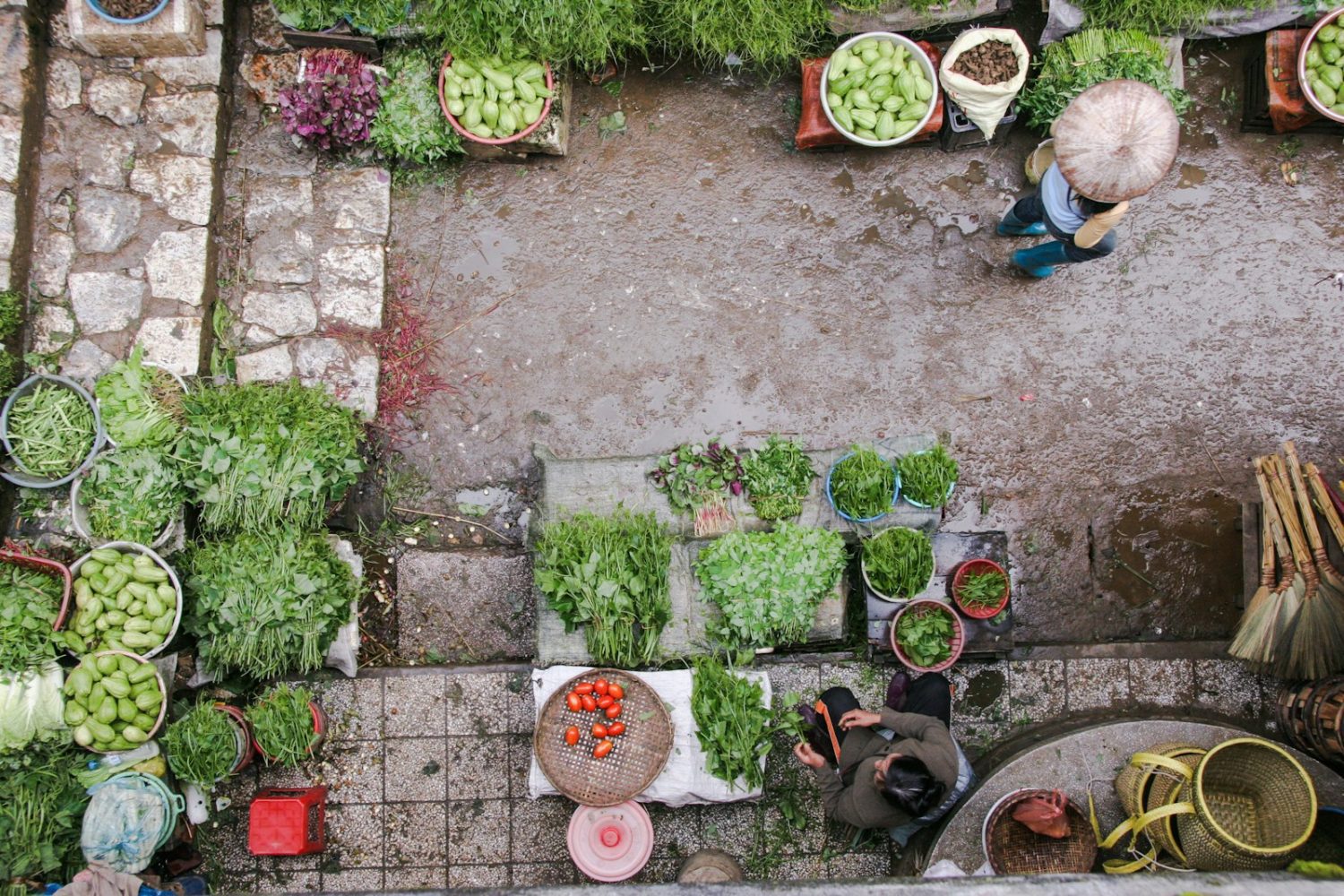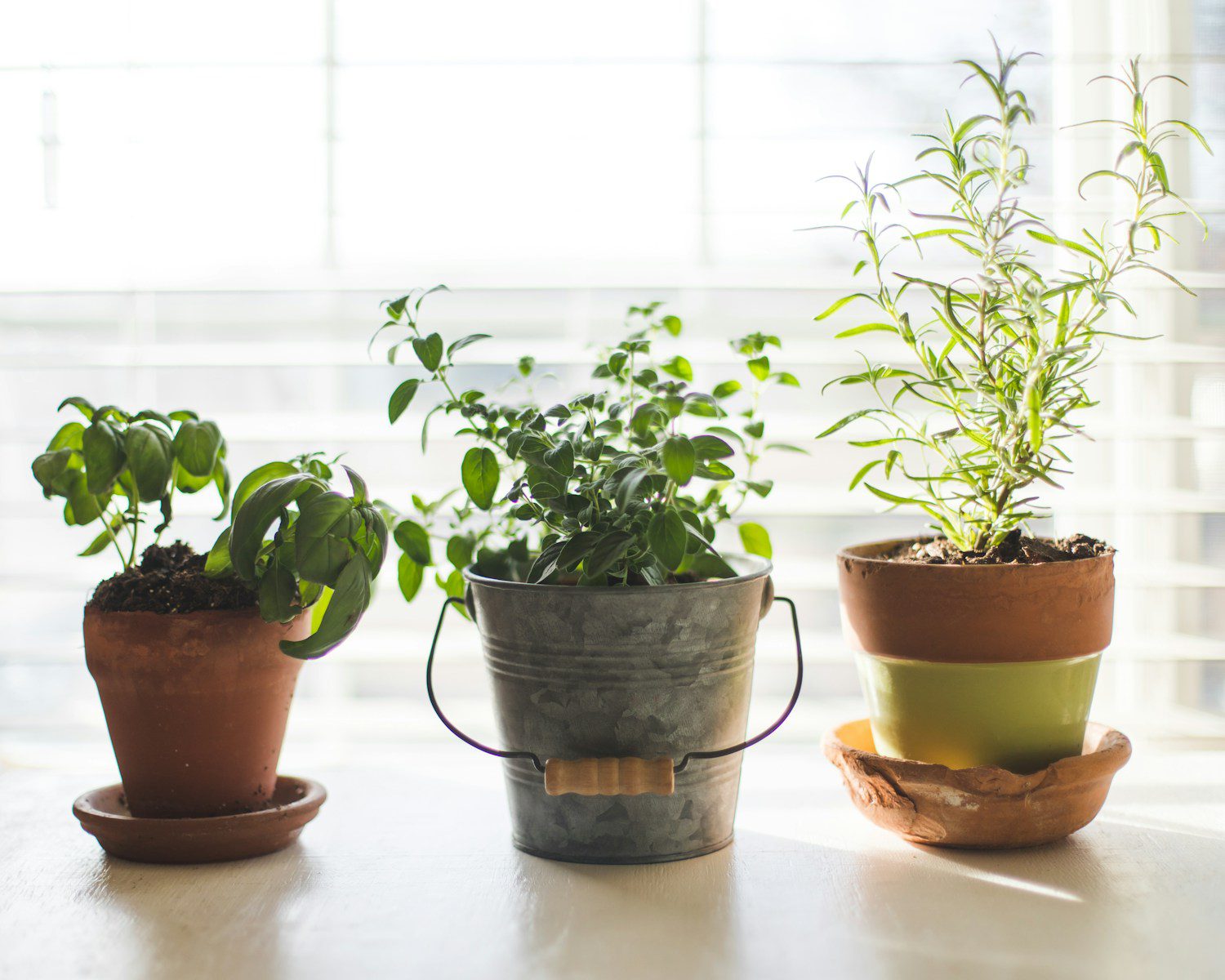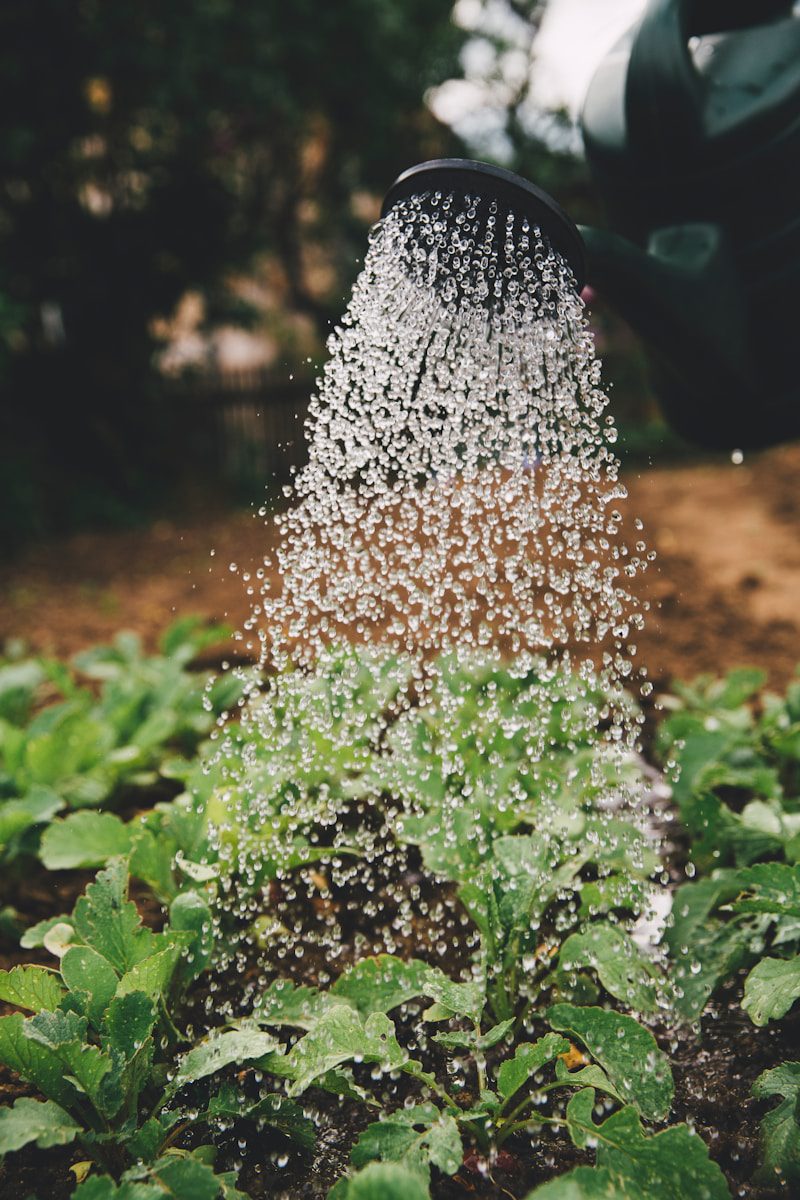How to Draw a Garden: A Simple Step-by-Step Guide
Drawing a garden can be an enjoyable and creative activity, whether you’re sketching out a peaceful backyard or designing a dream garden full of vibrant plants. Whether you’re a beginner or an experienced artist, the process of drawing a garden involves a few key elements that anyone can follow. In this guide, we’ll walk you … Read more

